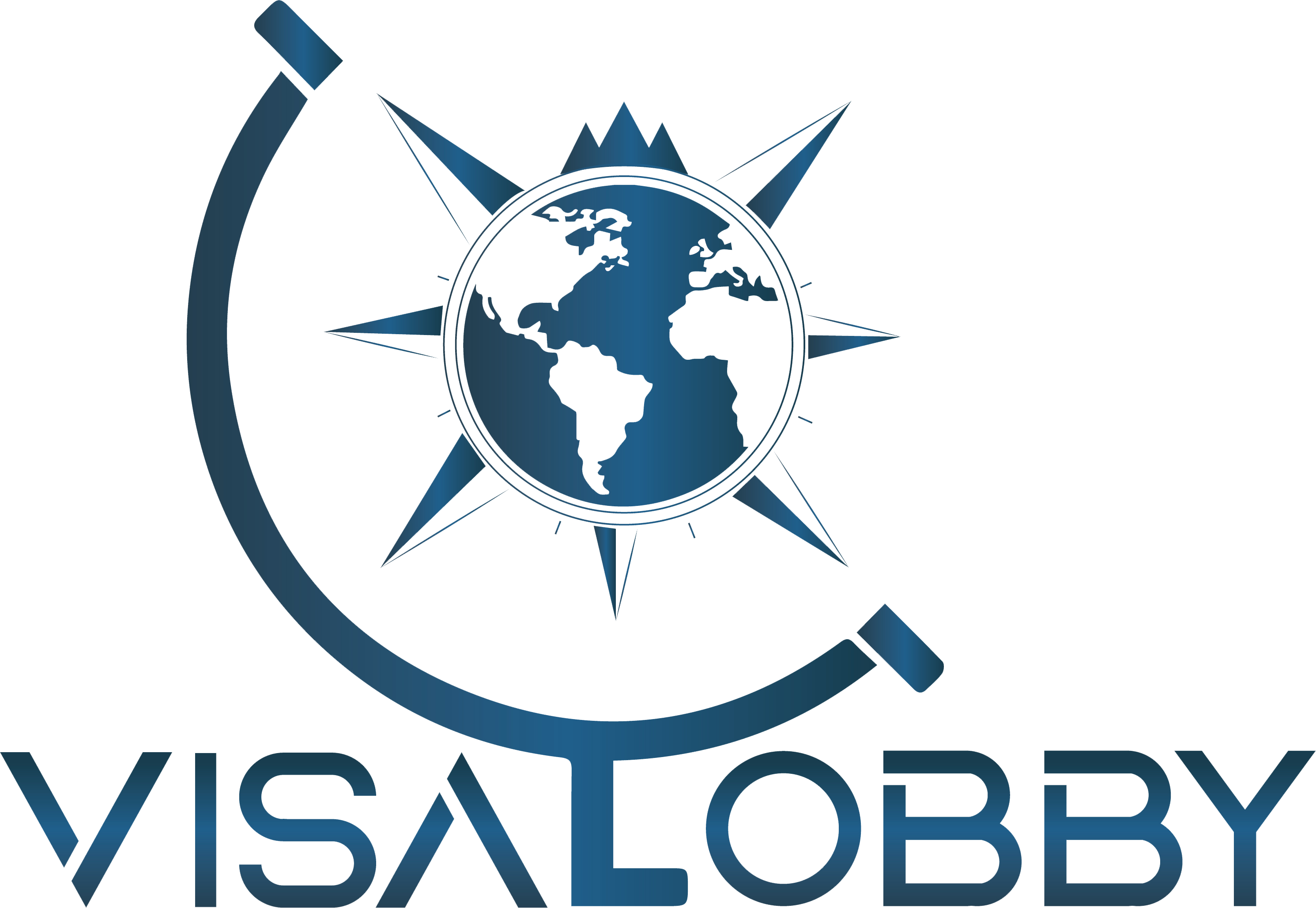


Canada is actively opening up immigration paths to attract qualified workers from all over the world, including the United States, as demand for tech specialists in the nation is increasing. Canada is ready to embrace digital talent as seen by the launch of Category-based Express Entry lotteries, which cover STEM (Science, Technology, Engineering, and Mathematics) occupations.
One of the most popular immigration paths to Canada is Express Entry, which appeals to skilled people globally as well as U.S. tech workers. It functions as the federal immigration system for Canada, handling applications through a variety of immigration programs.
The Federal Skilled Trades Program (FSTP), Federal Skilled Worker Program (FSWP), and Canadian Experience Class (CEC) are the main immigration programs that fall under Express Entry.
Regular draws are held by Express Entry to invite qualified candidates with high ranks from the Express Entry pool to submit an application for permanent residence in Canada. A US IT professional who wants to relocate to Canada can apply for permanent residence (PR) through Express Entry. If they don't get invited to the Express Entry drawings, they can wait for Category-based draws that are specifically made for STEM-related jobs.
The Canada-United States-Mexico Agreement (CUSMA) governs the Intra-Company Transfer (ICT) stream. The three North American nations founded CUSMA, a trade-based agreement.
IT personnel in the United States can apply for a work permit through ICT in order to work in Canada. They gain useful job experience in Canada as a result, which they can use to their advantage when they apply for permanent residence in the country.
The U.S. employee must travel to Canada to work for their present employer's Canadian branch, subsidiary, or affiliate in order to fulfil a major condition of the ICT stream.

With the help of Provincial Nominee Programs (PNP), provinces and territories can designate skilled, semi-skilled, and entry-level workers based on lower CRS scores or points. PNPs seek to alleviate labour shortages in order to boost local economies.
PNP drawings are regularly held by Canadian provinces and territories (except Quebec and Nunavut) to attract people in high-demand occupations. Professionals in the IT field can come to Canada by using PNP streams that are customized to meet their unique requirements.
Even in cases when they don't have enough capital, entrepreneurs or people with creative company ideas can create their companies in Canada with the help of the Start-Up Visa (SUV) program.
An individual can receive Canadian PR and later create their company in Canada if they can persuade investors to fund their startup initiatives and fulfil the program's requirements.
The goal of encouraging entrepreneurship in Canada is to boost economic growth and provide job opportunities for Canadians.
Tech workers may work in a dynamic tech sector, obtain useful job experience in Canada, and enjoy a higher standard of living by moving there. Eventually, it may lead to citizenship in Canada as well as permanent residency.
Yes, depending on their eligibility and circumstances, U.S. IT workers may apply for permanent residence in Canada through a variety of immigration categories, including PNPs, Express Entry, and the Start-Up Visa program.